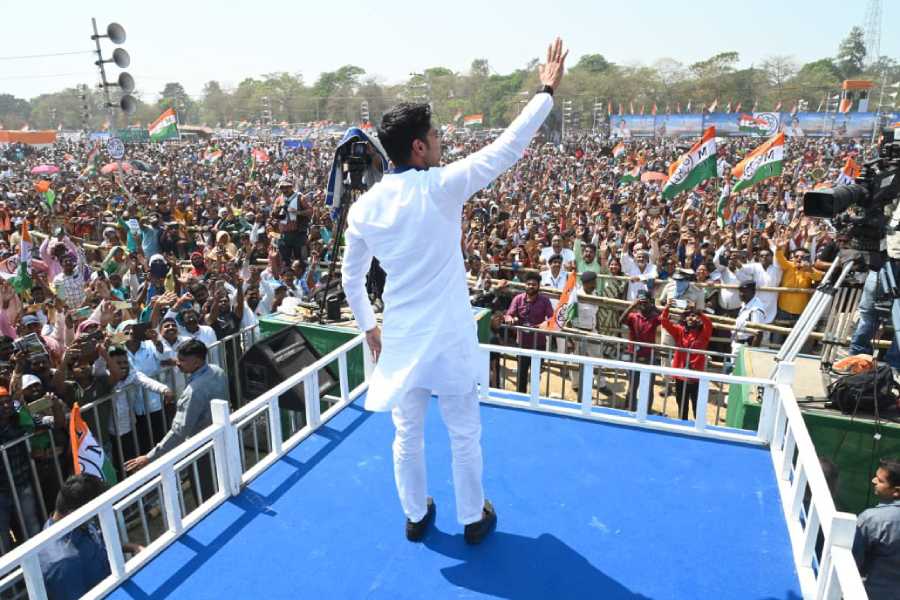Revenue generated for the country by trade is by three sectors, Agriculture, Manufacturing and Services. India’s agricultural industry has seen no substantial growth ever since the green revolution between 1960 and 1970. The high labour needs, estimated around 60% of all rural hands, generates a low 6.1% of our GDP. Droughts and failure of seasonal rainfall play havoc on the production. Besides, flawed government policies add to the farmers’ woes. For example, despite an all-time high and bumper output of 22.4 million tons of pulses in 2016-17, imports of 6.6 million tons valued at US$ 4.3 billion were allowed, the total annual demand is 24 million tons. This resulted in enormous losses for the farmers.
The services sector is driven by the software exports, which as a sector occupies the top slot in our exports. However, the change in US Visa policies and a threat from supercomputers, AI etc. might rapidly change the present pattern of the industry, unless changes are incorporated in the sector.
The manufacturing sector, in my opinion, plays no less important in the country’s economy. It provides jobs and gives value addition to natural resources. The sector led by Steel. Cement and energy are flat or shrinking.
I have to quote the case of Sterlite Industries in Tuticorin, which initially began construction in Ratnagiri in Maharashtra in 1992, to be booted out in 1993 following protests by local people. They were invited by Tamil Nadu Government, which readily offered them the coastal town of Tuticorin, and after due diligence like Environmental Impact Assessment etc. were given the go-ahead by the Ministry of Environment & Forests in 1995.
The industry showed scant respect towards the environment, human safety and far exceeded their authorised capacity of manufacture, to be ordered shut many times by courts and finally ordered for permanent closure by the Tamil Nadu Government in May 2018. The National Green Tribunal, yesterday, has now permitted resumption of the manufacturing activities with the TN government threatening to stay the NGT order in the Supreme Court.
While not going into finding who is at fault, Sterlite and the Tata Motors Singur project are classic examples, as to how either the industry or the government can play with the growth prospects of our nation. Sterilite with an installed capacity of 400000 tons of copper and the seventh largest smelter in the world employed directly 3500 persons with an additional 30000 people indirectly.
In case of Singur, which I happen to drive past yesterday, no farming is taking place as most of the land has been rendered infertile by dumping fly-ash from the nearby power plant for the construction of the automobile factory.
No manufacturing activity of any kind can be without collaterals, primarily relating to the relocation of the Project Affected Persons and pollution. Rather than focusing on the problems, the governments should also look for all viable solutions, but before investments and asset creation.
Manufacturing is the key to economic development, and if we are dreaming of being a $5 Trillion economy by 2030, we better speedily change our mentality.
Sampath Kumar
Intrépide Voix
In Pic: Sterlite Copper plant



